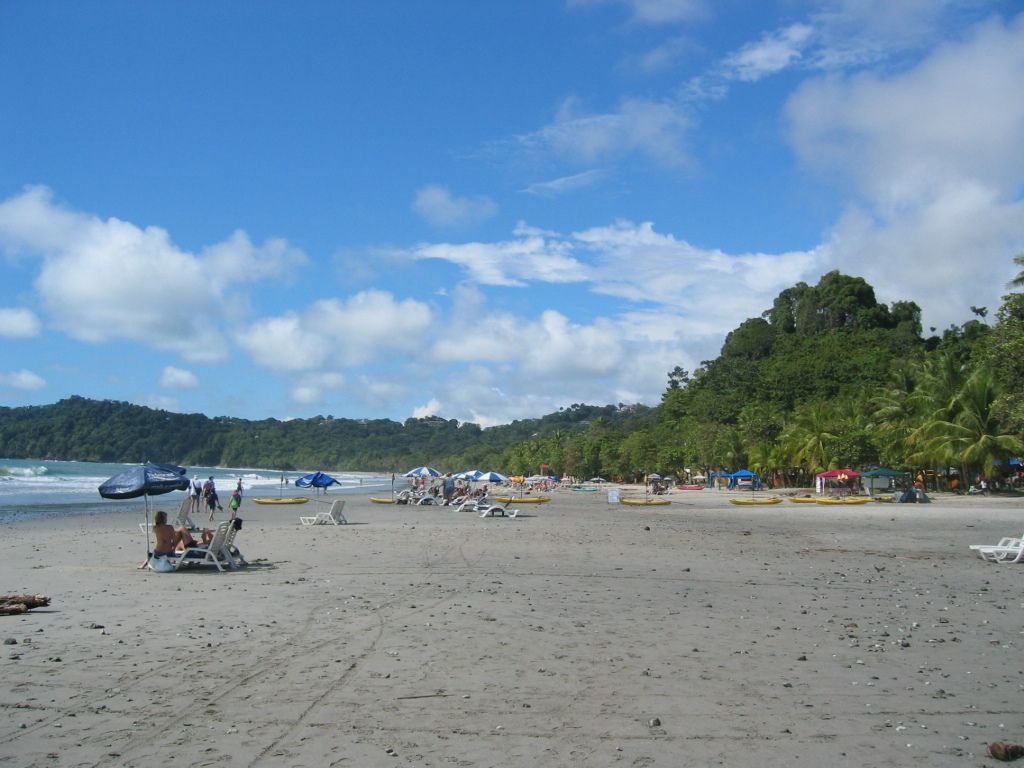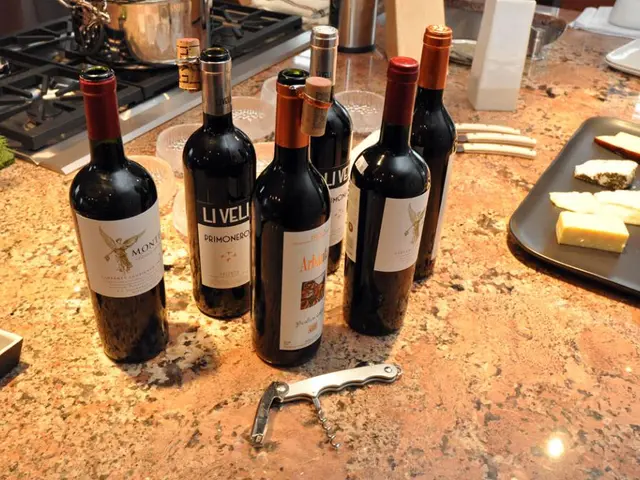Directions for Igniting Flames in Untouched Wilderness
Creating a blaze in the wilderness ain't just about flint and sparks, it's about understanding the world around you and making the most out of what mother nature provides. With a bit of know-how, you can create a flame that'll keep you warm and cook your grub in even the most challenging of situations.
The Fire Triangle is the Key
To get a fire burning, you've got to remember the fire triangle: heat, fuel, and oxygen. If any of these elements is missing, you won't have a fire on your hands. If your wood is damp, all that excess moisture will soak up the heat and prevent the fuel from reaching combustion temperature. Learn about the different temperature points each type of wood needs to catch fire in our survival guide for deserted island essentials.
Gathering Your Materials
To build a fire, you'll need three types of materials: tinder, kindling, and firewood. Tinder, the spark of the fire, is a collection of light, dry material that catches fire easily. You can find good tinder in mature coconuts on a desert island. Kindling refers to small sticks, twigs, and small pieces of bark. These will catch fire from the burning tinder and help to create a more sustainable flame. Firewood, the main event, consists of larger logs that'll burn longer and provide substantial heat. When gathering wood, remember to collect dry wood from downed trees and dead branches, not wet or rotten wood which will burn short.
Building Your Fire
The teepee method is the perfect choice for beginners. Start by arranging your tinder in the center of the fire site. Create a teepee structure by arranging small sticks, twigs, and dry bark around the tinder, leaving a gap for your burning tinder to be added.
Preparing Your Fire Site
Choose a spot well away from low-hanging branches, clear of grass and dry leaves, and surrounded by bare earth or stones. Start a fire first by clearing a space about 2 feet in diameter. Create a fire bed using a layer of dry, non-combustible material such as sand or small stones on which you'll build your fire lay. In a fire-prone environment, have a bucket of sand on hand.
Starting the Fire
There are many ways to start a fire, from flint and steel to fire steel and a ferro rod, but nothing beats the classic friction fire. Using a bow drill, you can spin a drill against a fireboard to create friction and heat. A small notch in the fireboard catches the hot wood dust, which eventually forms an ember. Other natural fire starters include fungus, birch bark, and pine needles.
Nurturing Your Flame
Once your fire is going, feed it dry fuel wood, starting with small pieces and gradually adding larger sticks. Balance is key: allow for airflow between pieces of wood, but don't smother the flame. Remember, a long, steady burn is what you're after, not a short, intense inferno.
Respecting the Wilderness
Fire can be a lifeline and a threat to wild animals, so it's essential to control your fire and respect the surrounding area. Always look out for overhead branches, and keep your fire manageable. When extinguishing a fire, use dirt, sand, or water, and cover it completely to starve it of oxygen. Touch the ground to ensure it's cool before kicking dirt over the fire pit.
Fire in the Rain
Starting a fire in the rain can be a challenge, but it's not impossible. Search for dead branches still attached to trees, and split them open to find dry wood. Look for resin-rich wood, like pine, which can burn even when wet. Assess the moisture content of wood by putting it to your lips, the most sensitive part of your body for detecting moisture.
In Conclusion
Armed with this knowledge, you're ready to light up the wilderness like a pro. But what about food? Check out our guide on how to fish without gear, or join one of our expeditions. Not sure which destination to choose? Try our quiz to help you decide. Soon you'll be roasting marshmallows on a rainy island beach!
- In the wilderness, creating a blaze is more than just flint and sparks; understanding the fire triangle (heat, fuel, and oxygen) is crucial.
- To build a fire, gather three types of materials: tinder, kindling, and firewood, found in mature coconuts, small sticks, twigs, and dry bark, and larger logs respectively.
- Adopting the teepee method is ideal for beginners, arranging tinder in the center and building a teepee structure with kindling around it, leaving a gap for the burning tinder.
- Choosing a proper fire site is significant, ensuring it's far from low-hanging branches, clear of grass and dry leaves, and surrounded by bare earth or stones.
- When starting a fire, friction fire methods like the bow drill can be powerful, creating an ember from hot wood dust to ignite tinder. In challenging environments, such as in the rain, locate dead branches still attached to trees and search for resin-rich wood to maintain the Fire Triangle.




